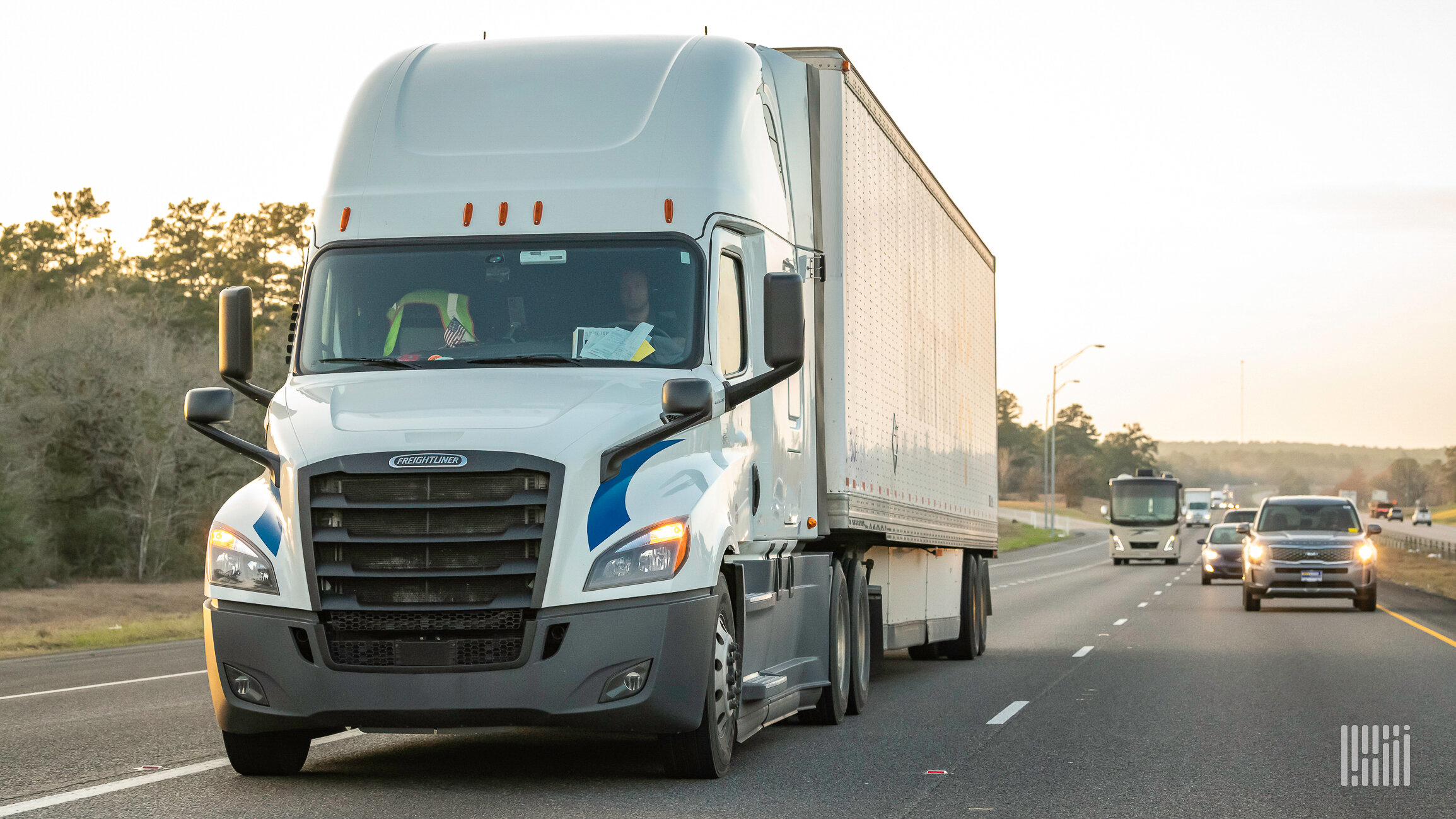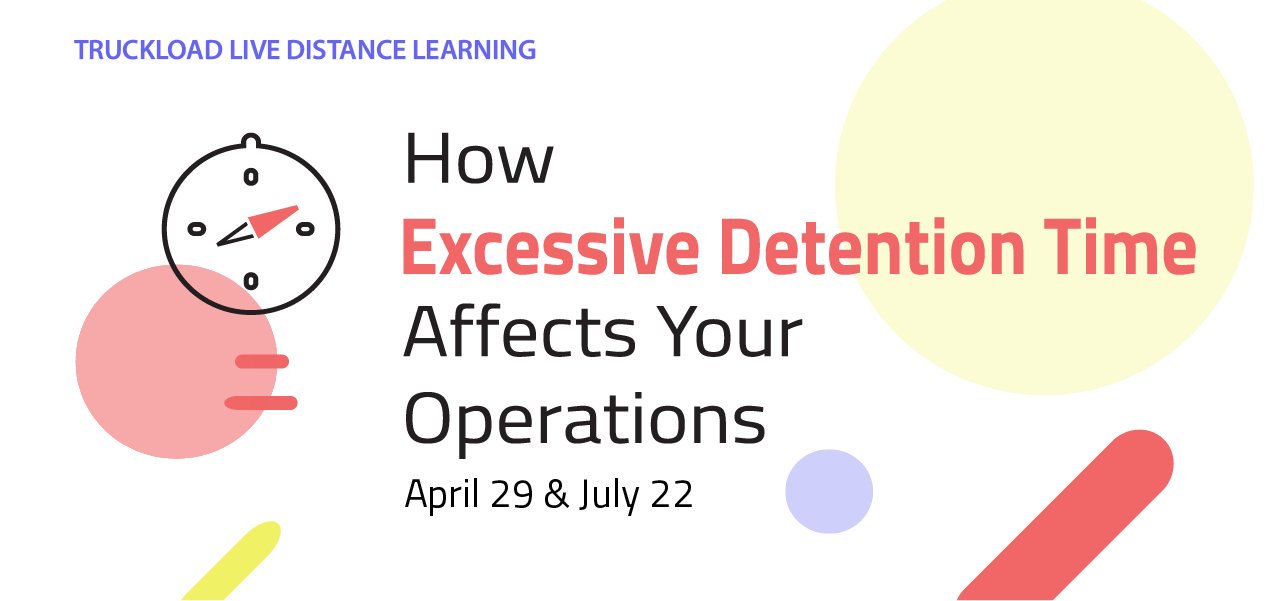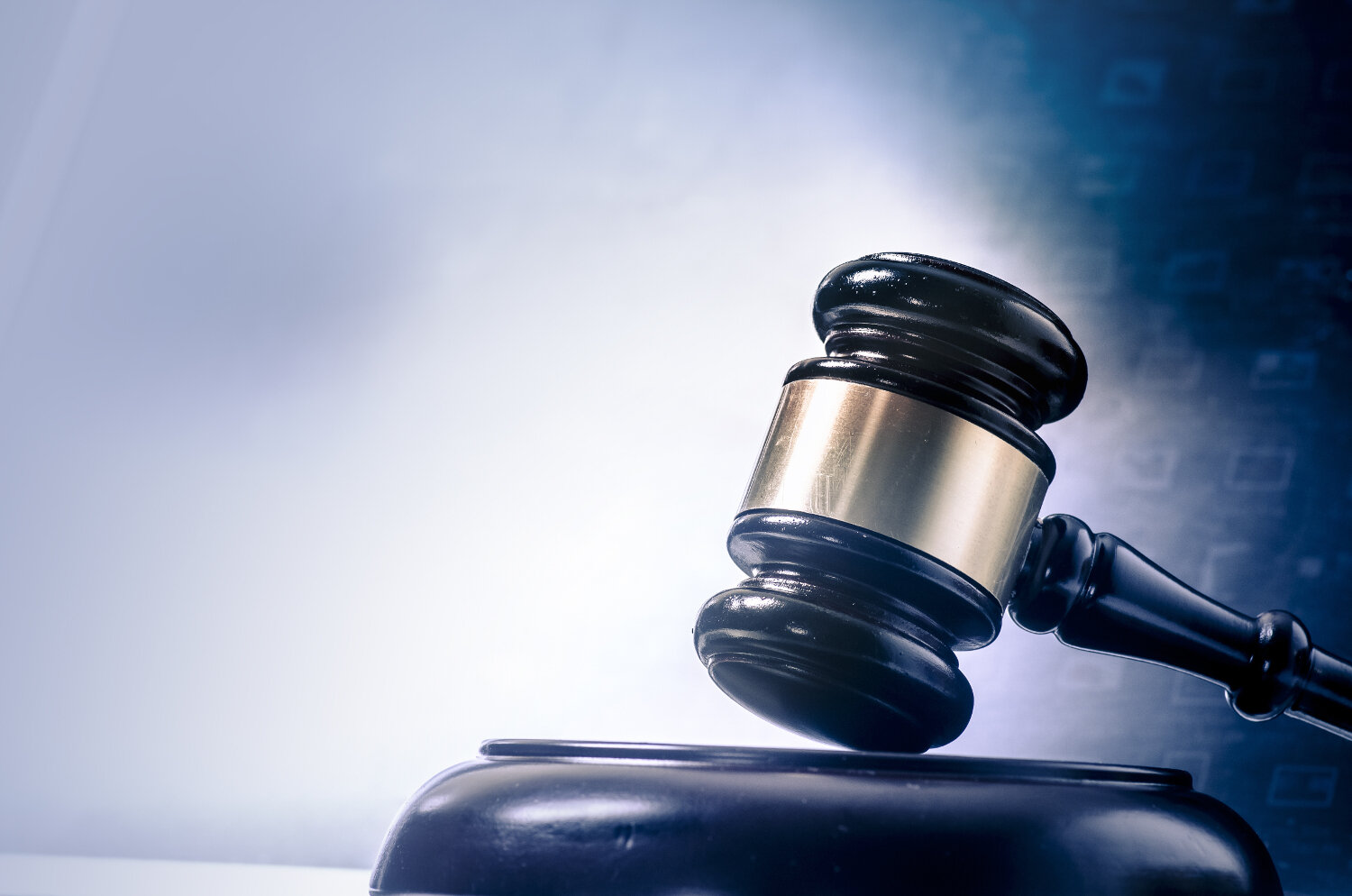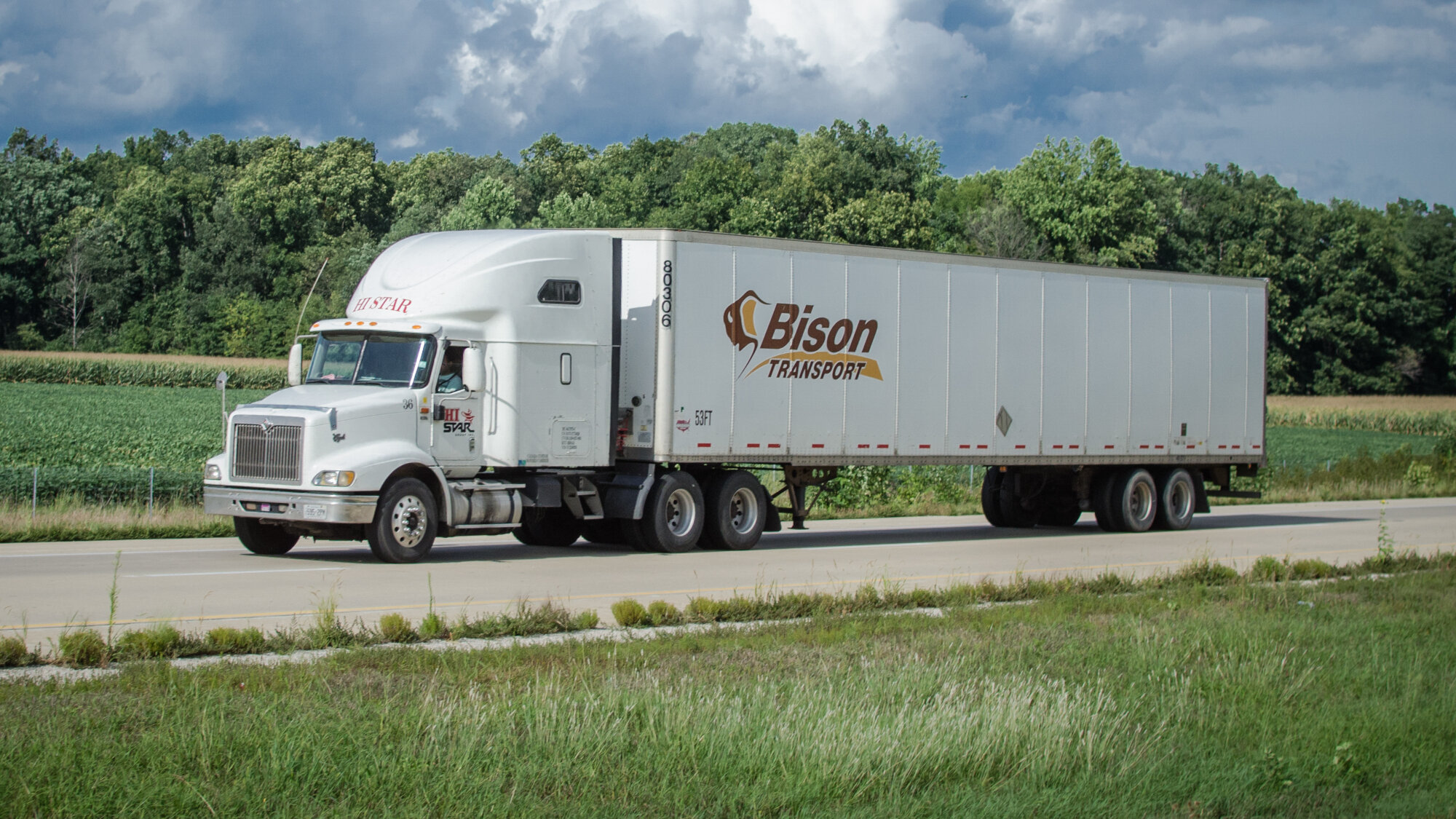
The employer ejected two union organizers from its public cafeteria where the organizers were meeting with employees. The union organizers challenged these actions and won before an administrative law judge. Following an appeal, however, the National Labor Relations Board (NLRB) overruled the administrative law judge on two of the charges. In doing so, the NLRB returned to following the rule established by the United States Supreme Court, holding that an employer may bar any nonemployee, including union organizers, from soliciting so long as the employer bars all other nonemployees from engaging in similar solicitations.
Background
Nonemployee union representatives came to the employer’s public cafeteria to meet with a group of employees over lunch. During lunch, they discussed the union organizational campaign. Other employees stopped by the table to chat. Union flyers and pins were displayed on the tables where the union representatives were sitting, and an off-duty employee, who was meeting with the union representatives, passed out some of the flyers to other employees in the cafeteria.
After reports of the activity had been made to the employer’s security manager and over an hour had gone by, the security manager approached the union representatives to ask for identification and why they were there. The union representatives informed the security manager that they were there to have lunch and talk about their union. The security manager then asked the union representatives to leave, but they refused. Ultimately, the police were called and had to escort the union representatives off the employer’s premises.
The union filed charges which alleged that the employer’s actions in the cafeteria violated the National Labor Relations Act by (1) ejecting the union representatives; (2) conducting unlawful surveillance of employees; and (3) requiring employees to provide identification. An administrative law judge concluded that the employer committed an unfair labor practice as to all three of the allegations. The employer appealed the decision to the NLRB.
NLRB’s Decision
A 1956 Supreme Court decision established the standard that governs nonemployee access to an employer’s property. The Court stated:
It is our judgment . . . that an employer may validly post his property against nonemployee distribution of union literature if reasonable efforts by the union through other available channels of communication will enable it to reach the employees with its message and if the employer’s notice or order does not discriminate against the union by allowing other distribution.
The two exceptions to that rule are (1) where the employer’s premises are inaccessible and (2) where the employer treats union solicitors differently from other solicitors. The NLRB addressed the fact that over the years, it had “created an additional exception where nonemployee union organizers seek access to a portion of the employer’s property that is open to the public, such as a cafeteria or restaurant.” This exception had been rejected by multiple federal appellate courts and was inconsistent with the Supreme Court’s decision addressed above.
Therefore, the NLRB held that it would reverse all cases endorsing this third exception. It articulated the new rule for addressing nonemployee access to an employer’s premises that is open to the public:
Accordingly, we find that an employer does not have a duty to allow the use of its facility by nonemployees for promotional or organization activity. The fact that a cafeteria located on the employer’s private property is open to the public does not mean that an employee must allow any nonemployee access for any purpose. Absent discrimination between nonemployee union representatives and other nonemployees –i.e., ‘disparate treatment where by rule or practice a property owner’ bars access by nonemployee union representatives seeking to engage in certain activity ‘while permit[ting] similar activity in similar relevant circumstances’ by other nonemployees–the employer may decide what types of activities, if any, it will allow by nonemployees on its property.
The Board finished its precedent-establishing portion of the decision by declaring that the decision would be applied retroactively to all pending cases and complaints.
Next, the NLRB applied its new rule to the facts of the case at hand. The NLRB determined that the issue was whether the employer acted discriminatorily by ejecting the union representatives. Here, because the employer demonstrated that it had taken action in the past to prohibit solicitation by outside parties, it did not engage in discrimination. Regarding the allegation of unlawful surveillance, the Board concluded that the employer did not engage in surveillance because of longstanding precedent that recognizes that “management officials may observe public union activity, particularly where such activity occurs on company premises, without violating Section 8(a)(1) of the Act, unless such officials do something out of the ordinary.”
Lastly, the NLRB found a violation of the law when the security guard requested identification from the employees present at the meeting. The NLRB found this was a violation because when the security guard requested identification he was “coercing employees who were engaged in union activities by requiring them to provide identification to security personnel.” TTakeaway
This decision by the NLRB is a win for employers. It is important to note, however, that an employer’s exclusion of union representatives from public areas on the employer’s private property can still be unlawful if that exclusion is accompanied by evidence of the “non-disruptive” nature of the union representative’s conduct and proof that the employer has permitted similar activities by other nonemployees. It is wise for employers to adopt facially neutral rules and engage in nondiscriminatory practices regulating conduct in the public spaces on their private property, including rules prohibiting solicitation by third parties. It is also advisable to consult with experienced legal counsel to make sure that your rules are within the purview of the law, yet allow you the greatest opportunity to protect your workplace from unwanted interference.
R. Eddie Wayland is a partner with the law firm of King & Ballow. You may reach Mr. Wayland at (615) 726-5430 or at rew@kingballow.com. The foregoing materials, discussion and comments have been abridged from laws, court decisions, and administrative rulings and should not be construed as legal advice on specific situations or subjects.





















